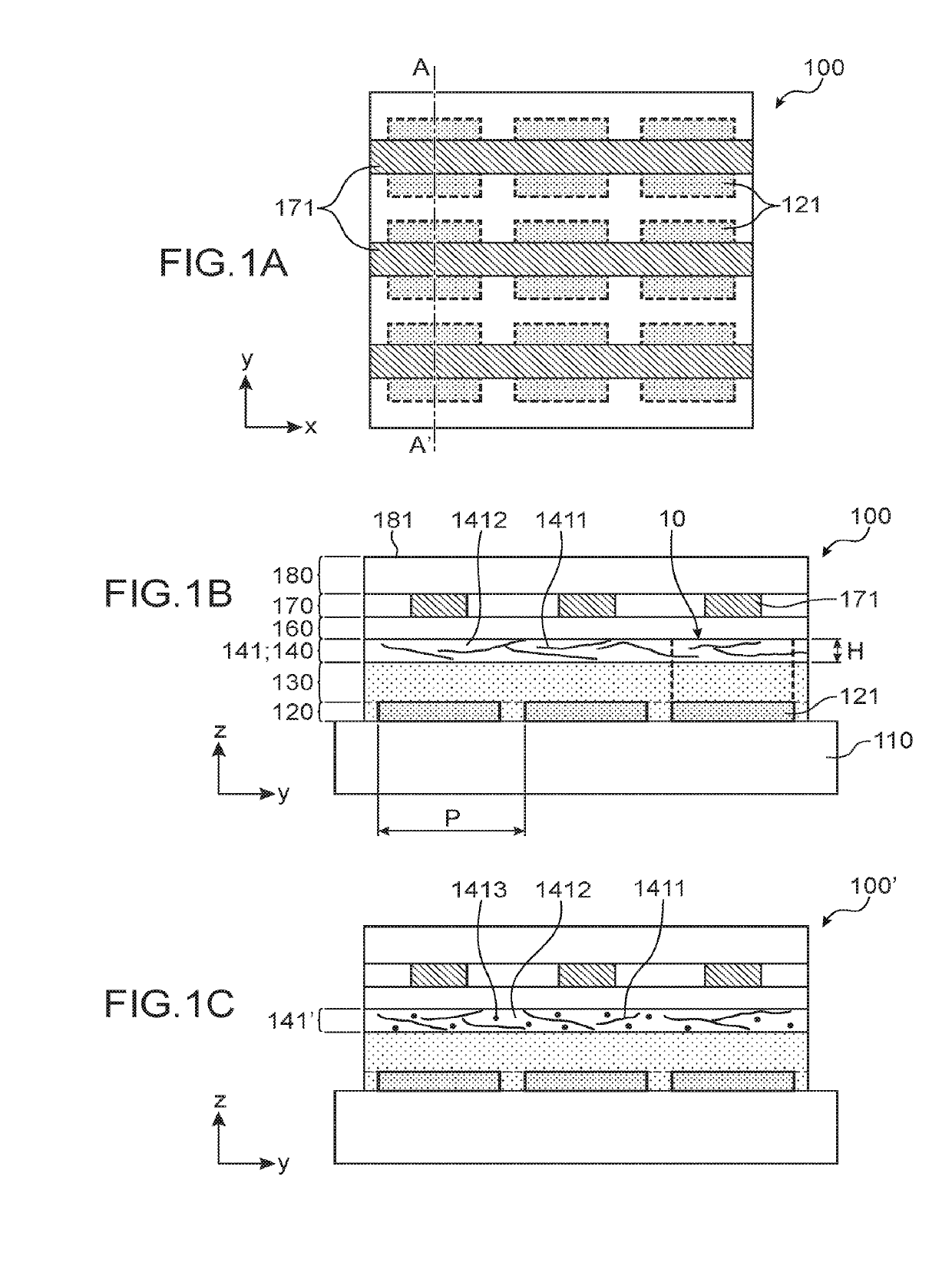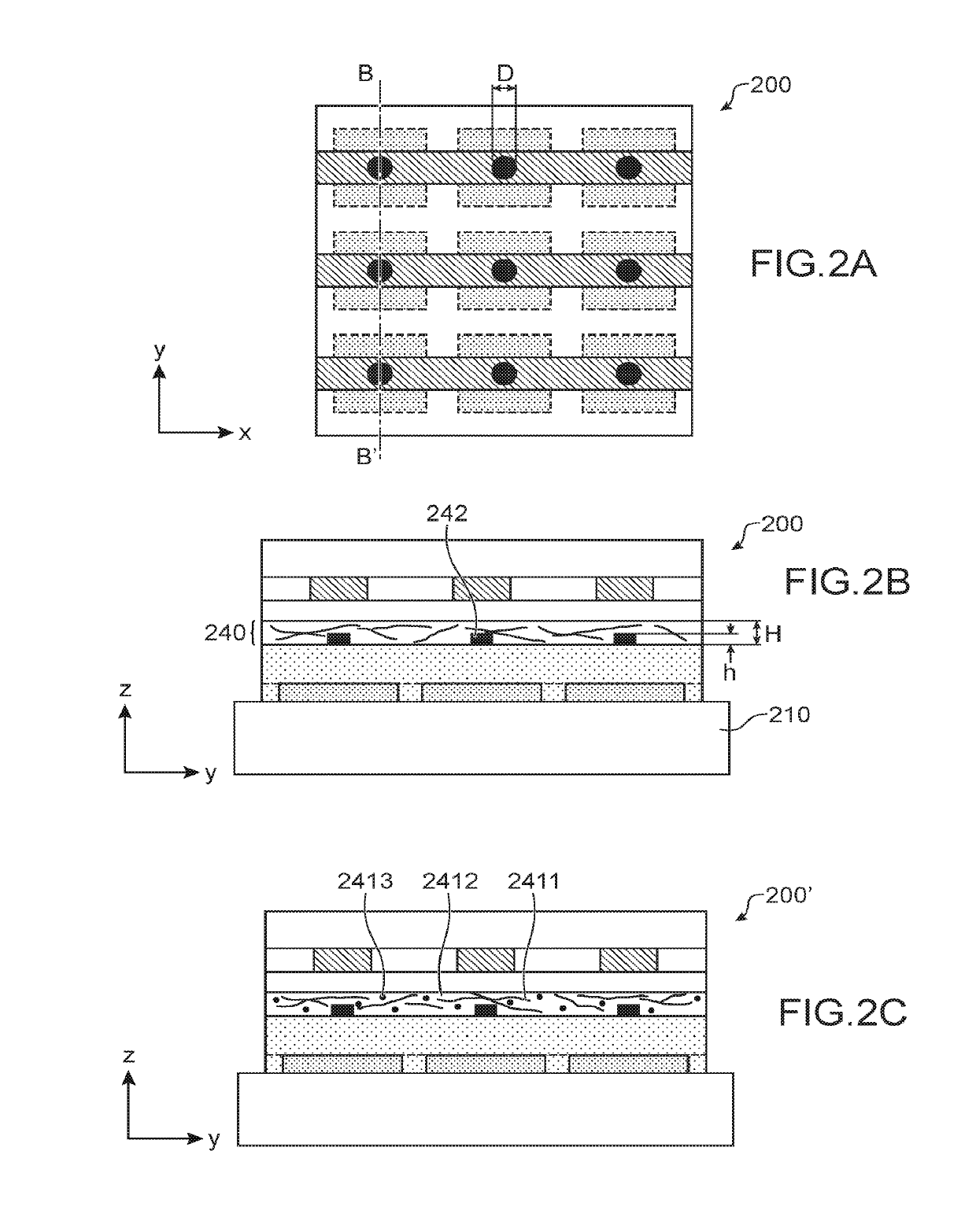Pyroelectric sensor with an electromagnetic shielding including a composite material
- Summary
- Abstract
- Description
- Claims
- Application Information
AI Technical Summary
Benefits of technology
Problems solved by technology
Method used
Image
Examples
first embodiment
[0049]FIGS. 1A and 1B schematically illustrate a heat pattern sensor according to the invention;
[0050]FIG. 1C illustrates an alternative of the embodiment of FIGS. 1A and 1B;
second embodiment
[0051]FIGS. 2A and 2B schematically illustrate a heat pattern sensor according to the invention;
[0052]FIG. 2C illustrates an alternative of the embodiment of FIGS. 2A and 2B;
third embodiment
[0053]FIGS. 3A and 3B schematically illustrate a heat pattern sensor according to the invention; and
[0054]FIG. 3C illustrates an alternative of the embodiment of FIGS. 3A and 3B.
PUM
 Login to view more
Login to view more Abstract
Description
Claims
Application Information
 Login to view more
Login to view more - R&D Engineer
- R&D Manager
- IP Professional
- Industry Leading Data Capabilities
- Powerful AI technology
- Patent DNA Extraction
Browse by: Latest US Patents, China's latest patents, Technical Efficacy Thesaurus, Application Domain, Technology Topic.
© 2024 PatSnap. All rights reserved.Legal|Privacy policy|Modern Slavery Act Transparency Statement|Sitemap



